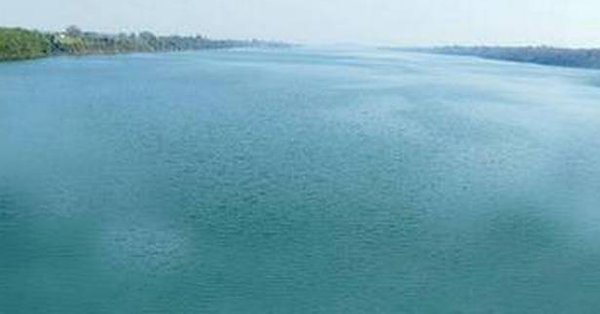National Waterway 1 on river Ganga expects to see 21.89 million tonnes of cargo traffic

- Country:
- India
The National Waterway 1 on river Ganga is expected to see 21.89 million tonnes (MT) of cargo traffic in the next two to three years on the back of government measures to promote inland water transport in the country, Union Minister Nitin Gadkari has said.
Besides, 13 standardised state-of-the-art ship designs have been drawn as part of efforts to boost river transport and remove any ambiguity on vessel sizes that can sail on Ganga, Gadkari added.
"We have taken a slew of steps to promote inland water transport, which has been neglected so far. A study has projected traffic at 21.89 MT on National Waterway 1 (NW-1) by 2021," minister of water resources and Ganga rejuvenation Gadkari told PTI.
The cargo traffic on NW-1 was 5.5 MT in 2017-18, he said.
Currently, various projects underway on NW 1 have the terminal capacity of 13.62 MT and these include Varanasi, Haldia and Sahebganj multi-modal hubs, the minister further said.
With the Inland Waterways Authority of India (IWAI) coming up with 13 vessel designs, this move would serve as an enabler for domestic shipbuilding industry working on inland vessels and open huge possibilities for cargo and passenger movement on NW-1.
The government is implementing Jal Marg Vikas Project (JMVP) for capacity augmentation of navigation on NW-1 (Varanasi-Haldia stretch) at a cost of Rs 5,369.18 crore with the technical assistance and investment support of the World Bank.
Even as the work on JMVP is going on in full steam, the specially designed vessels will navigate on low drafts with high carrying capacity and at the same time the project would be environmentally friendly, an official said.
The new designs will translate into savings of Rs 30-50 lakh in the building of a vessel, he added.
These vessels have been designed to sail even in depths of about 2 metres carrying about 350 cars on a five-deck car carrier.
"Some of the designs would enable movement of bulk cargo carriers with a capacity of 2,500 tonnes at 3 metres depth, thereby, removing almost 150 truckloads of pressure from the road or one full rail rake with the plying of just one such vessel," the official added.
(With inputs from agencies.)
ALSO READ
Israel-linked cargo ship 'MSC Aries' seized by Iran have 17 Indian nationals onboard: Sources
We have learnt that there are 17 Indian nationals onboard cargo ship 'MSC Aries': Official sources on ship seized by Iran.
India in touch with Iran to secure release of 17 Indian crew onboard cargo ship seized by Iranian forces
Iran state media acknowledges paramilitary Revolutionary Guard commandos seized a cargo ship near the Strait of Hormuz, reports AP.
Iran seizes cargo ship in Strait of Hormuz, Israel goes on high alert










